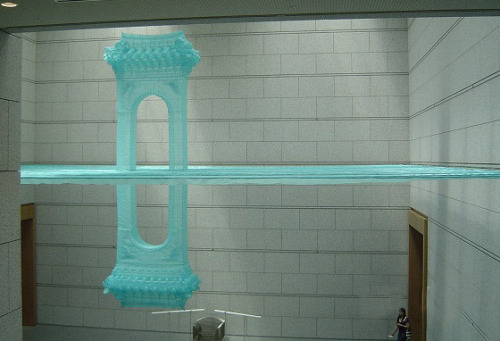
Are we supposed to post these here? Not sure. I’ll put it here and if it’s out of place I’ll take it down haha. Anyways….
For this project I wanted to make a work of art first; a poster second, hence the orientation – I thought the topic deserved it. I wanted the work to have many layers and withhold a slew of social messages. The goal was to make it tragic and empowering at the same time – like the topic, it’s horribly sad but also fuels the fires of change.
With my last blog post I chose to feature Kara Walker, a brilliant artist who uses cut out silhouettes to convey her message – I loved both the look and the poetic symbolism behind it. She was the inspiration for the use of the black police target to represent the African American people. The black cut out target is the default police target used. The scoring rubric on the left and hit count on the right are both a part of the target – I cut them and moved them in the piece where I saw fit.
I used the iconic photograph of Birmingham police brutality as the background for the work. I faded it good deal so you have to strain a bit to see the detail – like a faded memory in which you have to relate a present issue to fully remember the whole. Everything in the piece is layered and translucent. I loved both the look of this and the thought of looking through all the layers to see the past and to see that it hasn’t changed. The only 100% solid part is the powerful phrase “Black Is Beautiful”. I used this because I wanted the piece to be empowering, and become a motivational slogan for change juxtaposed on the violence. But it's also a bit twisted because in the eyes of the corrupt police force black is the ideal target for attack, so in that sense, it's beautiful to them.
I am really happy with the way it turned out and hope it has some impact on our society.
-Nev























